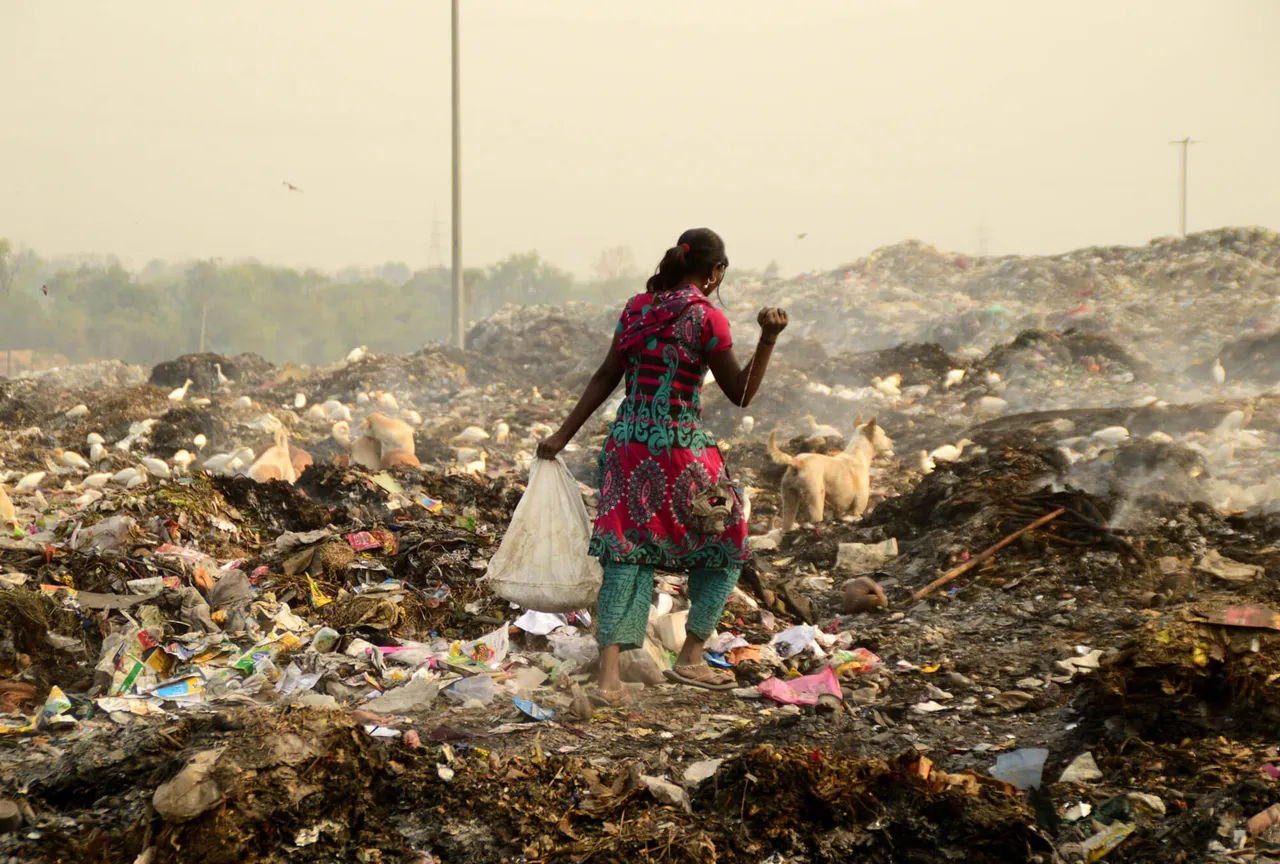
Poverty is a state of being in which an individual or group lacks the financial resources and access to basic necessities needed to maintain a healthy and dignified life. Poverty is a widespread issue that affects millions of people around the world, and can have severe consequences for individuals, families, and communities.
There are many factors that can contribute to poverty, including:
- Limited access to education and job opportunities: Without access to quality education and job opportunities, individuals may struggle to find employment that pays a living wage, leading to a cycle of poverty.
- Discrimination and inequality: Discrimination based on race, gender, religion, or other factors can prevent individuals from accessing resources and opportunities, leading to poverty.
- Political instability and conflict: Political instability and conflict can disrupt economic activity and create poverty.
- Poor governance and corruption: Corrupt and inefficient governments can contribute to poverty by failing to provide basic services and perpetuating inequality.
- Environmental factors: Natural disasters, averse climate and environmental degradation can lead to poverty by destroying livelihoods and assets.
- Health issues: Illness and disability can prevent individuals from working and earning a living, leading to poverty.
- High levels of debt: Excessive debt can lead to poverty by making it difficult for individuals to pay for basic necessities.
Poverty can have severe consequences, including:
- Malnutrition and hunger: Poverty can lead to a lack of access to nutritious food, leading to malnutrition and hunger.
- Poor health: Poverty can lead to poor health outcomes due to a lack of access to healthcare, sanitation, and clean water.
- Limited access to education: children living in poverty may not have access to quality education, perpetuating the cycle of poverty.
- Social isolation: Poverty can lead to social isolation, as individuals may be unable to participate in social activities or afford transportation.
- Mental health issues: Living in poverty can lead to mental health issues such as depression, anxiety, and stress.
- Limited access to clean water and sanitation: Poverty can lead to a lack of access to clean water and sanitation, leading to waterborne illnesses and diseases.
- Inadequate housing: Poverty can lead to inadequate housing, such as overcrowding, poor living conditions, and homelessness.
History of Poverty
Here's a glimpse into the evolution of poverty throughout the ages:
Early Societies:
- Pre-agricultural societies lived with constant scarcity, reliant on foraging and hunting. While not poverty in the modern sense, hunger and deprivation were frequent visitors.
- The rise of agriculture brought relative stability, but inequalities also emerged, with land ownership and control of resources playing a role in wealth distribution.
Ancient Civilizations:
- Empires like Egypt, Rome, and China developed complex social structures with varying degrees of poverty. Slaves, peasants, and artisans often faced harsh conditions and limited resources.
- Charity and social welfare systems emerged in certain societies, reflecting early attempts to alleviate poverty and provide basic necessities.
The Middle Ages and Feudalism:
- Feudal systems in Europe saw a rigid hierarchy with peasants bound to land and lacking ownership rights. While basic needs were often met, opportunities for social mobility were limited.
- The rise of cities and trade brought new forms of inequality, with merchants and artisans accumulating wealth while others remained in poverty.
The Industrial Revolution:
- The 18th and 19th centuries saw rapid industrialization, creating enormous wealth but also exacerbating poverty. Factory workers faced harsh conditions, low wages, and limited rights.
- Urban slums emerged, highlighting the stark contrast between industrial progress and widespread poverty.
20th Century and Beyond:
- The 20th century brought social reforms and welfare programs in many countries, aiming to provide safety nets and improve living standards for the poorest.
- However, global inequalities persisted, with developing nations facing significant poverty challenges due to factors like colonialism, political instability, and resource scarcity.
- Despite advances in technology and economic growth, poverty remains a major concern in the 21st century, affecting millions globally. New challenges like climate change and automation threaten to further exacerbate existing inequalities.
Throughout history, poverty has been shaped by various factors: economic systems, political structures, social norms, and technological advancements. While significant progress has been made in reducing poverty in recent decades, the fight is far from over. Understanding its history, its manifestations in different forms, and the ongoing efforts to address it remains crucial for building a more just and equitable future for all.
